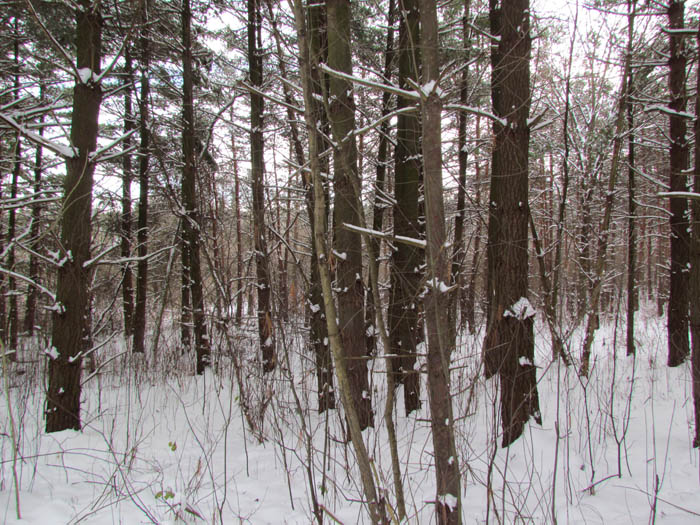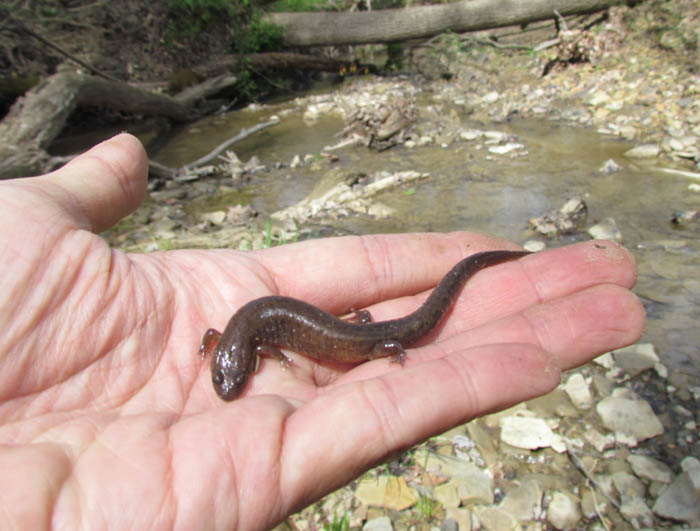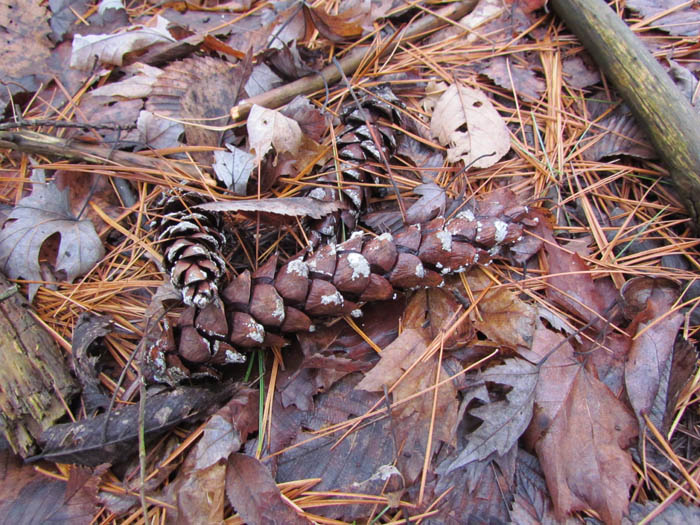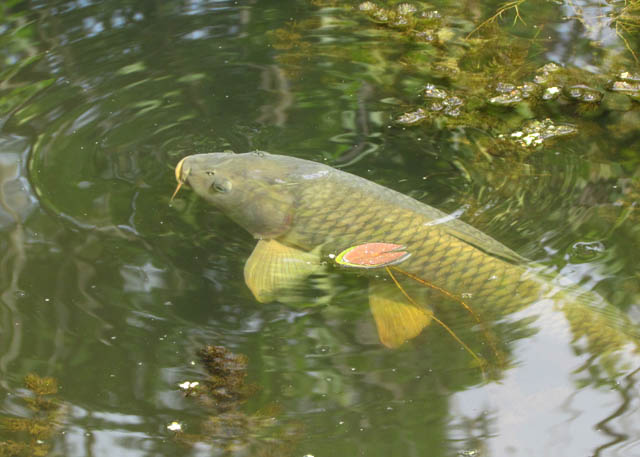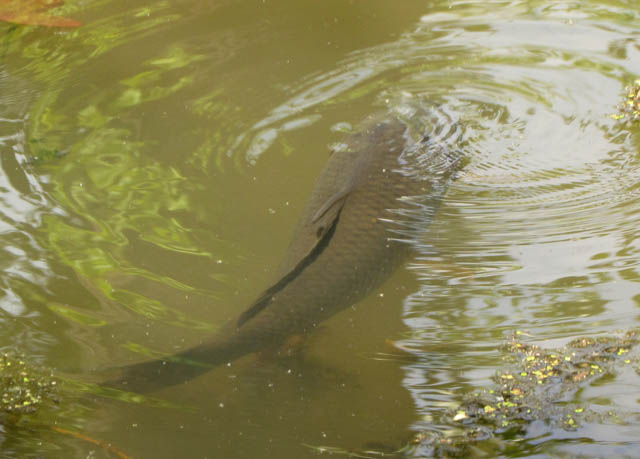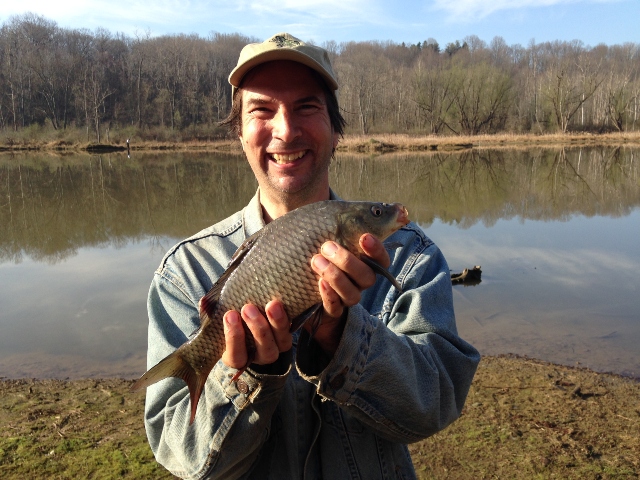One way to increase the amount of snakes you can find is to set out pieces of plywood or sheets of tin in suitable snake habitat. We call these setups “boardlines” and in the Spring snakes often congregate under this artificial cover to get the warmth of the sun while remaining hidden from predators.
Boardline sites don’t have snakes to be found at them in the Winter, but sometimes other cool things can be turned up by checking under the metal or wood during the cold months. I decided to investigate one of the areas where I set out sheets of metal. What I found was a Cinereus Shrew – one of the smallest mammals in the world.
Its weight is about equal to that of a dime. This animal is found in northern pine forests and open wet areas. Though they look like mice, shrews are classified as insectivores, not rodents. They eat spiders, insect larvae, and beetles, as well as caterpillars and many other invertebrates. Here’s a photo with the shrew next to my office keys, to give an idea of its size.
Shrews have an extremely high metabolic rate (their heart beats more than 1,200 times per minute). To stay alive, the Cinereus Shrew has to eat three times its body weight daily, which means capturing prey often, day and night; a few hours without food means certain death. They lead rather frenetic lives of near-constant searching, foraging and movement.
Its head is tapered and ends in a flexible, tubular snout for sniffing out food. Its small ears are barely visible because they are covered by short, soft fur. Its fur is cinnamon colored in the Summer, but it darkens quite a bit in the Winter. Cinereus means “ash colored” in Latin.
Cinereus Shrews spend much of their life in an underground world where they are active all year long – they even tunnel through snow. Throughout the day they take short naps to recharge from their activities.
Due to their fast-paced lifestyle, shrews only live for a short time, usually a little over a year. It was definitely worth the boardline trip to encounter this elusive mammal today.

